Disclosure: This article contains affiliate links. We may earn a commission from purchases at no extra cost to you, which helps our travel content.
There's something profoundly enlightening about experiencing how different cities across continents approach innovation and urban development. This summer, I embarked on what I'd consider the ultimate urban explorer's trifecta: Stockholm, Seattle, and Perth—three cities that exist at fascinating technological crossroads while maintaining their distinctive cultural identities. As someone who's spent decades examining how urban spaces function, this journey wasn't merely about luxury accommodations (though I certainly didn't skimp there). It was about understanding how these innovation hubs are reshaping our concept of modern living and how technology is being woven into the urban fabric. From Nordic precision to Pacific Northwest creativity to Australia's isolated innovation ecosystem, each city offered a unique perspective on our collective urban future. Come along as I share the insights, drone footage opportunities, and technological wonders that made this month-long expedition unforgettable.
Stockholm: Where History Meets Digital Innovation
Landing in Stockholm in early summer feels like entering an urban planner's dream laboratory. The city presents a masterclass in blending historical preservation with cutting-edge technological implementation—something I've studied academically but experiencing it firsthand brings an entirely different dimension to understanding.
My base was the magnificent Ett Hem hotel in Östermalm, a 1910 townhouse transformed into a boutique luxury experience that perfectly encapsulates Stockholm's approach to innovation: respectful of heritage while embracing modernity. From this central location, I spent mornings exploring Kista Science City, often called the Silicon Valley of Sweden, where tech giants and startups coexist in a remarkably collaborative ecosystem.
What struck me most was Stockholm's smart city initiatives—particularly their implementation of data-driven solutions for traffic management and energy consumption. After my hiking accident five years ago, I developed a heightened awareness of urban accessibility, and Stockholm's thoughtful integration of technology to improve mobility impressed me deeply.
For drone photography enthusiasts, Stockholm presents both challenges and extraordinary opportunities. While strict regulations exist (always check the Transportstyrelsen website for current rules), I secured permission to capture footage over Djurgården at sunrise. The juxtaposition of 17th-century architecture against the morning mist rising from the archipelago created visual poetry that no ground-level photography could match.
My most memorable experience came through an arranged visit to the KTH Royal Institute of Technology, where researchers demonstrated how they're using AI to optimize Stockholm's district heating system—an elegant solution reducing the city's carbon footprint while maintaining its historical aesthetic. This is urban planning at its most sophisticated: invisible technological advancement supporting visible cultural preservation.
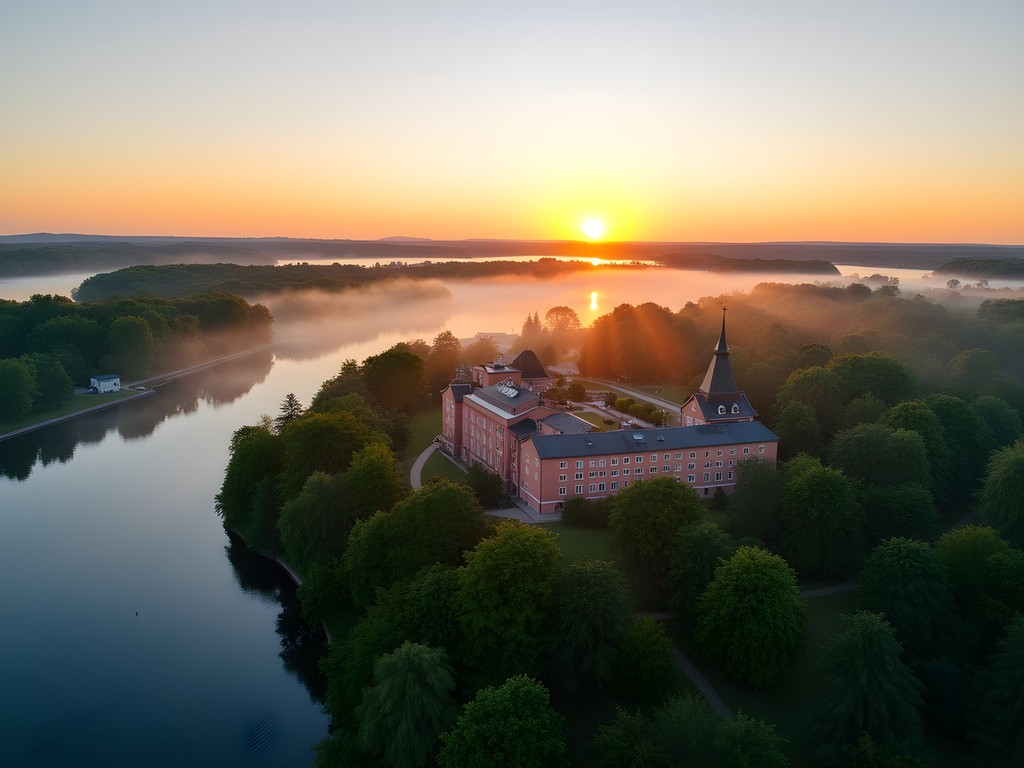
💡 Pro Tips
- Apply for drone permits at least two weeks before arrival through the Transportstyrelsen website
- The Stockholm Library offers free day passes to digital nomads—complete with high-speed internet and stunning architecture
- Visit Epicenter Stockholm to witness Swedish professionals voluntarily using microchip implants for office access
Seattle: Innovation in the Shadows of Giants
Transitioning from Stockholm's refined technological integration to Seattle's more exuberant innovation culture provided fascinating contrast. Where Stockholm whispers its technological prowess, Seattle broadcasts it through its skyline and the omnipresent influence of tech behemoths like Amazon and Microsoft.
I settled into the Thompson Seattle, whose glass-encased rooftop bar offered the perfect vantage point to contemplate how this city's geography—hemmed in by water and mountains—has shaped its vertical technological growth. My drone backpack rarely left my side, though Seattle's drone regulations require careful navigation (Downtown is largely restricted due to airport proximity).
What makes Seattle unique in the global innovation landscape is its combination of established tech giants alongside a thriving startup ecosystem. I spent a fascinating morning at the Living Computers Museum + Labs, where vintage technology sits alongside cutting-edge AI demonstrations—a physical timeline of computing evolution that contextualizes our current moment.
Seattle's approach to urban mobility technology particularly interested me. After spending an afternoon with the team behind their data-driven traffic management system, I gained new appreciation for how they're addressing congestion through algorithmic solutions rather than physical infrastructure changes—a necessity given the city's geographical constraints.
The highlight was securing access to the Amazon Spheres, those distinctive glass biodomes downtown that represent a bold experiment in biophilic workplace design. As someone who's studied how urban environments impact human wellbeing, witnessing this marriage of nature and technology—40,000 plants from 30 countries integrated into a working environment—was profoundly moving. I used my mirrorless camera to capture the interplay of natural and artificial light through the geometric glass panels, creating some of my favorite images from the entire journey.
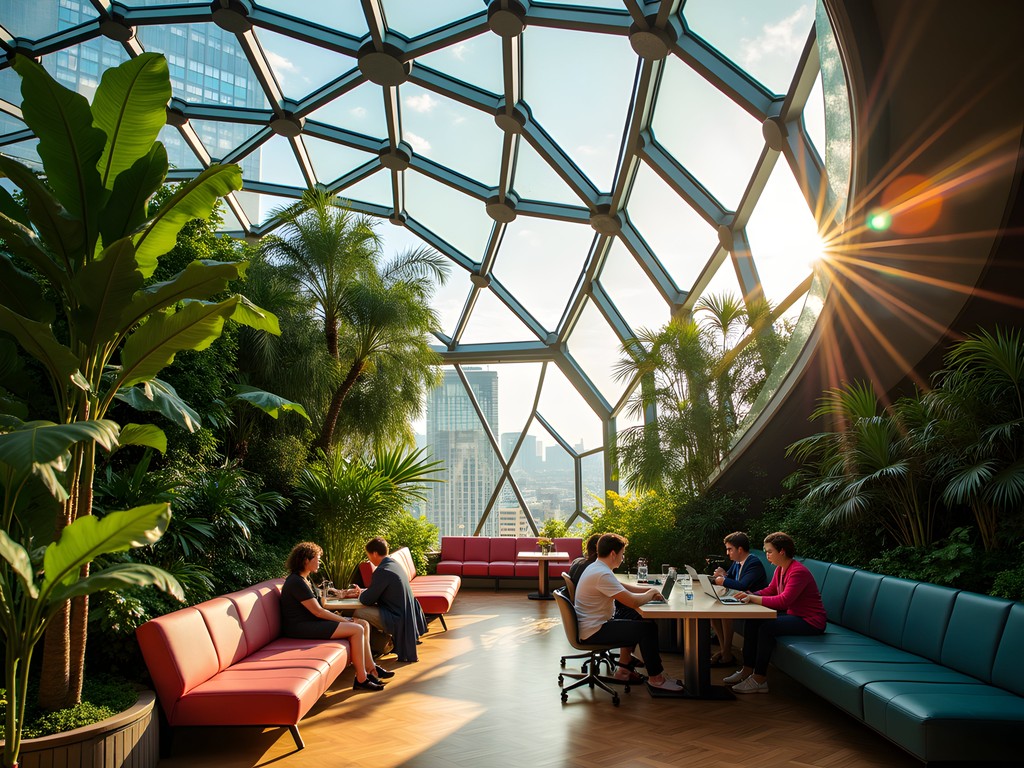
💡 Pro Tips
- Register your drone with the FAA before arrival and use the B4UFLY app to check flight restrictions in real-time
- Visit the Microsoft Visitor Center in Redmond for hands-on experience with emerging technologies not yet available to consumers
- The Seattle Public Library's Central Library offers stunning architectural drone photography opportunities (with proper permits)
Perth: Innovation in Isolation
Perth represents something entirely different in the global innovation landscape: a technologically advanced city that has evolved with remarkable self-sufficiency due to its geographic isolation. After the 20+ hour journey from Seattle, I checked into COMO The Treasury—a beautifully restored 19th-century state building transformed into perhaps the most elegant hotel in Western Australia.
What makes Perth fascinating from an urban technology perspective is how necessity has driven innovation. Limited by its remote location, Perth has developed solutions that other cities are only beginning to explore. Their water management technology, for instance, represents some of the most advanced systems I've encountered globally—a response to being the driest major city on the driest inhabited continent.
The Western Australian drone regulations proved more accommodating than expected, allowing me to capture breathtaking footage of the city's relationship with the Swan River and Indian Ocean. My drone filters were essential for managing the intense Australian sunlight and capturing the striking blue-gold color palette that defines Perth's landscape.
My exploration centered on two technological hubs: the Pawsey Supercomputing Centre, where some of Australia's most powerful computing resources drive research across disciplines, and the Rio Tinto Remote Operations Centre, where I witnessed mining operations 1,500 kilometers away being controlled from an office environment that resembled a space mission control room more than traditional industry.
What struck me most was Perth's emerging renewable energy ecosystem. The city's abundance of sunshine has made it a natural laboratory for solar innovation, and I spent a fascinating day with researchers at Curtin University who are developing new solar cell technologies specifically calibrated to the region's unique light conditions. This is innovation born of geographical necessity—precisely the kind of technological adaptation that has always fascinated me.
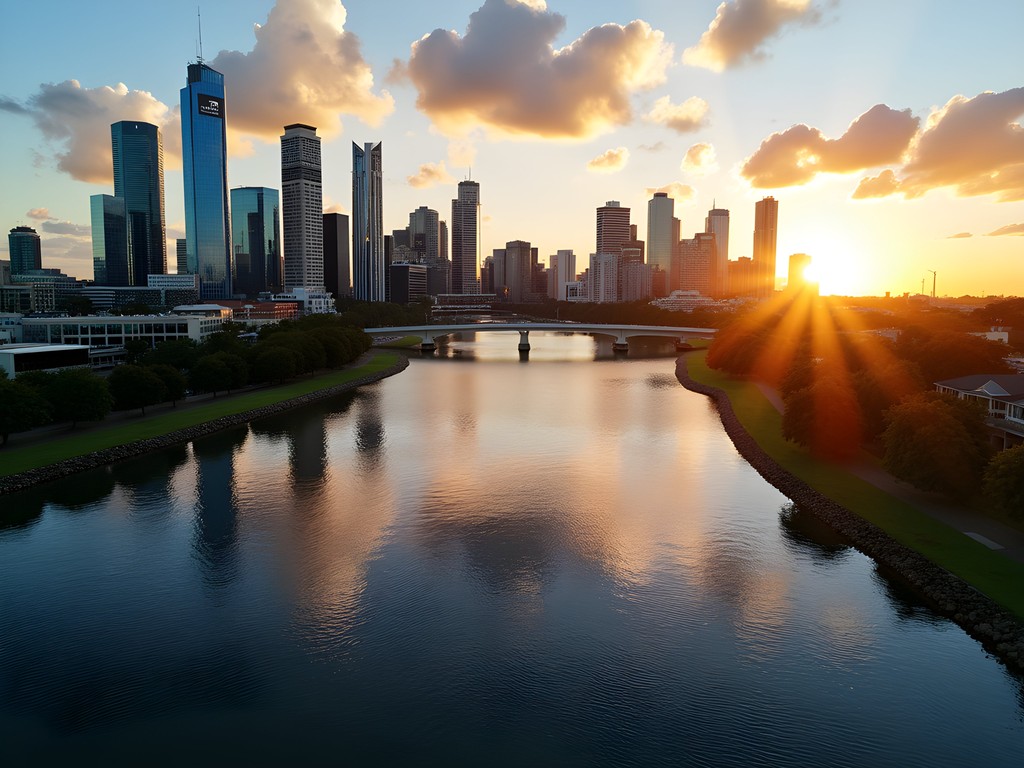
💡 Pro Tips
- Register with the Civil Aviation Safety Authority before flying drones and respect the strict nature reserve no-fly zones
- Visit the Pawsey Supercomputing Centre on one of their monthly public tours to see Australia's most powerful supercomputers
- The rooftop of the State Buildings offers exceptional drone launch points for city photography (with management permission)
Urban Mobility: Three Approaches to Future Movement
One aspect that particularly fascinated me across these three cities was their divergent approaches to urban mobility—a subject that's become increasingly important to me since my hiking accident limited my mobility temporarily.
Stockholm's system represents elegant integration. Their unified approach to public transportation creates seamless transitions between modes, while their pioneering congestion pricing system (implemented in 2007) has dramatically reduced traffic. I spent one entire day navigating Stockholm exclusively via public transit and walking, timing my connections and documenting the user experience. The SL Access card system is remarkably intuitive, and the real-time information displays are consistently accurate—something many cities still struggle with.
Seattle presents a city in transition. Their light rail expansion represents one of America's most ambitious public transit growth projects, but the city still grapples with last-mile connectivity issues. I tested their integration of rideshare services with public transit hubs and found the digital infrastructure supporting these connections surprisingly robust. The One Regional Card for All (ORCA) system is conceptually similar to Stockholm's approach but lacks the same level of seamless implementation.
Perth offers perhaps the most intriguing case study. Their relative isolation has necessitated self-contained solutions, and their SmartRider system efficiently manages the city's transportation needs. However, what truly impressed me was their adaptability—Perth's public transport planners have implemented dynamic scheduling based on real-time demand patterns, something even many larger global cities haven't achieved.
For documenting these mobility experiences, my action camera proved invaluable—its stabilization features allowed me to capture smooth footage while in transit, creating compelling visual documentation of each city's transportation flow and user experience. This comparative analysis of urban mobility technologies will form the foundation of my upcoming presentation at the Smart Cities Expo in Barcelona this fall.
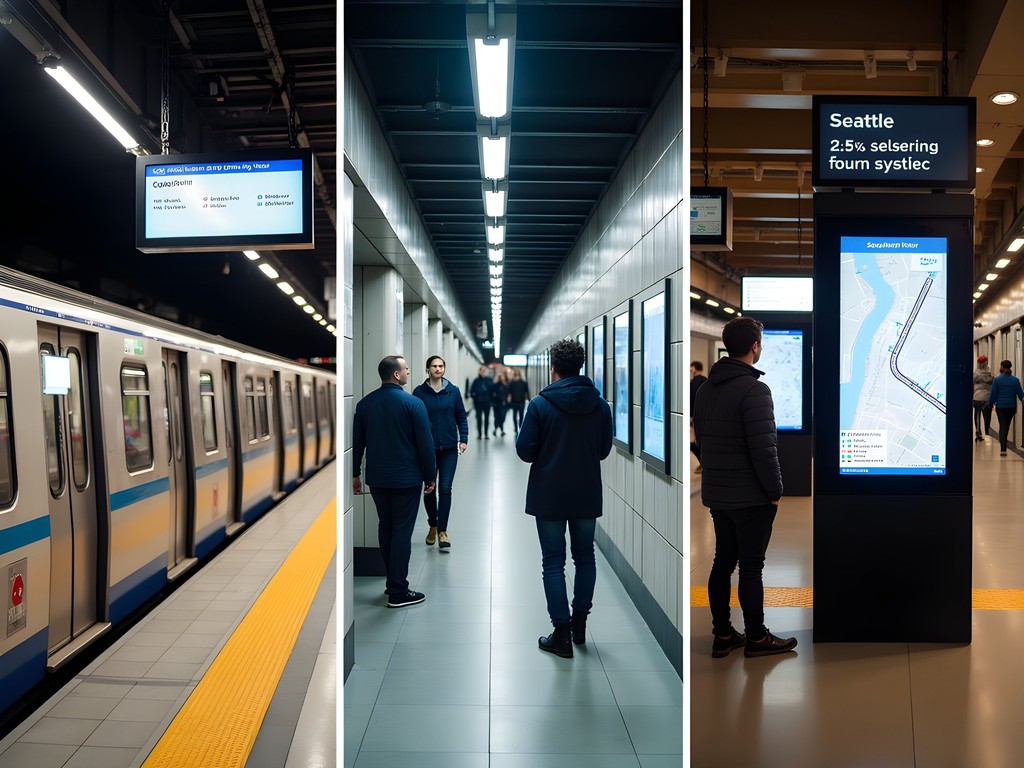
💡 Pro Tips
- Purchase Stockholm's SL Access card immediately upon arrival for the best value and most seamless transit experience
- In Seattle, download the Transit GO Ticket app for mobile fare payment across multiple systems
- Perth's SmartRider card offers a 20% discount on all fares and works across trains, buses and ferries
Digital Nomad Infrastructure: Working Across Three Continents
As someone who frequently blends work with exploration, evaluating each city's digital nomad infrastructure was both professionally necessary and personally fascinating. This ultra-luxury journey allowed me to experience the premium end of remote work facilities in each location, though I made a point to explore options across price points.
Stockholm sets the standard for digital nomad infrastructure with its ubiquitous high-speed connectivity and abundance of thoughtfully designed workspaces. Beyond the expected coffee shops, Stockholm offers numerous specialized co-working environments. My favorite discovery was A house Stockholm, housed in a former university building where academics and entrepreneurs share space in a beautifully designed environment. The Swedish concept of 'lagom' (not too little, not too much) seems perfectly applied to these workspaces—everything necessary is provided without excess.
Seattle's digital nomad scene reflects its tech industry dominance. Co-working spaces here tend toward the elaborate, with amenities that would be considered luxurious elsewhere simply standard. I particularly enjoyed working from The Cloud Room in Capitol Hill, where the combination of sophisticated design, excellent coffee, and regular community events created an environment conducive to both productivity and networking. Seattle's coffee culture means even standard cafés typically offer excellent connectivity and workspace-friendly environments.
Perth surprised me with its emerging digital nomad infrastructure. While not as developed as the other cities, spaces like Spacecubed offer world-class facilities. What Perth uniquely offers is exceptional natural light in its workspaces—something I've found critically important for maintaining energy during long work sessions. The city's relative isolation seems to have fostered a particularly collaborative digital nomad community, with regular skill-sharing events and networking opportunities.
Across all three cities, my portable monitor proved essential for maintaining my productivity workflow. When paired with noise-cancelling headphones, I could create an effective workspace virtually anywhere—from hotel rooms to beachfront cafés in Cottesloe, Perth.

💡 Pro Tips
- Stockholm's public libraries offer free, high-quality workspaces with excellent WiFi—the Stadsbiblioteket (main library) is particularly impressive
- In Seattle, the Seattle Central Library provides stunning architecture and free workspace with power outlets at almost every seat
- Perth's State Library of Western Australia offers quiet workspaces with exceptional internet speeds and beautiful surroundings
Final Thoughts
This month-long journey across three continents reinforced my conviction that understanding urban innovation requires immersive experience—no amount of academic research can replace the sensory understanding of how technology shapes daily life in different cities. Stockholm, Seattle, and Perth each offer distinct visions of our technological future, influenced by their geography, culture, and unique challenges. As urban explorers and technology enthusiasts, we gain invaluable perspective by experiencing these contrasts firsthand. Whether you're planning your own tri-continental urban exploration or seeking to understand how different cities approach innovation, I hope this journey has provided useful insights. The future of urban living isn't unfolding uniformly across the globe—it's being shaped by local responses to universal challenges, creating a rich tapestry of technological solutions that we can all learn from. What city's approach to urban innovation will you explore next?
✨ Key Takeaways
- Stockholm excels at seamless integration of technology within historical contexts, prioritizing user experience and sustainability
- Seattle demonstrates how corporate innovation can shape urban development, creating both opportunities and challenges for civic technology
- Perth's isolation has fostered unique technological self-sufficiency, particularly in water management and renewable energy
📋 Practical Information
Best Time to Visit
Summer (June-August) for Stockholm and Seattle; December-February for Perth
Budget Estimate
$25,000-35,000 USD for one month across all three cities at ultra-luxury level
Recommended Duration
3-4 weeks (7-10 days per city)
Difficulty Level
Moderate (Extensive Travel Between Continents Requires Careful Planning)

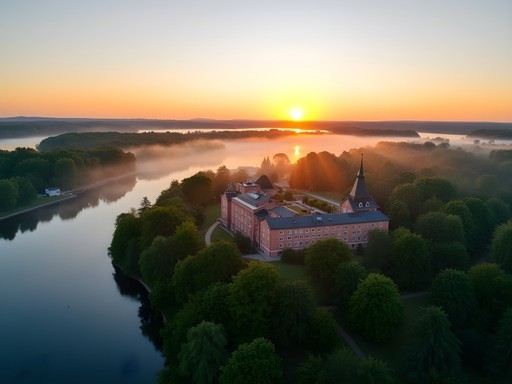
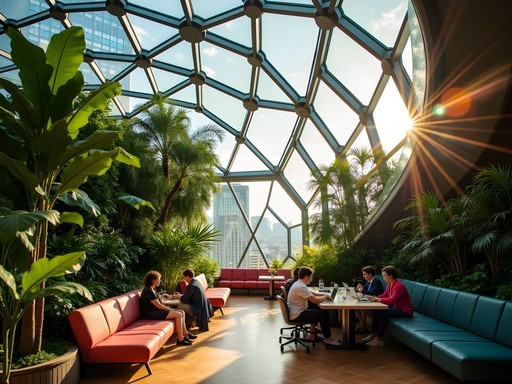
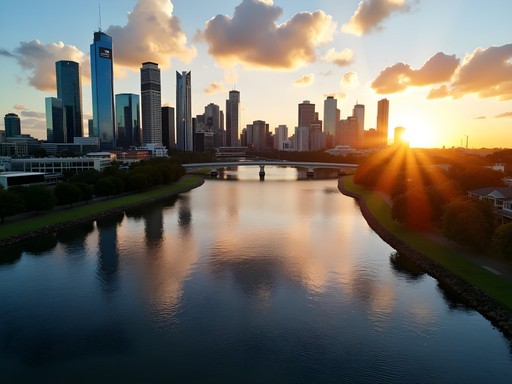
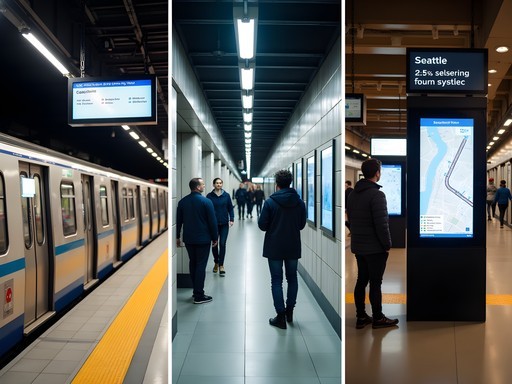



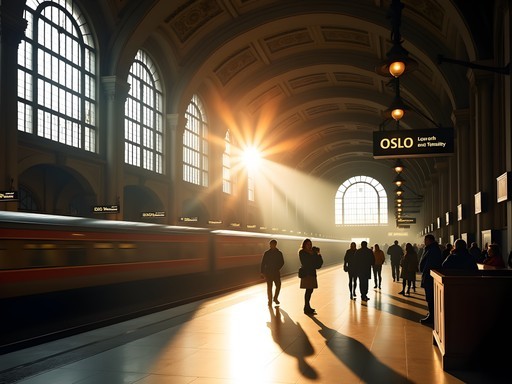






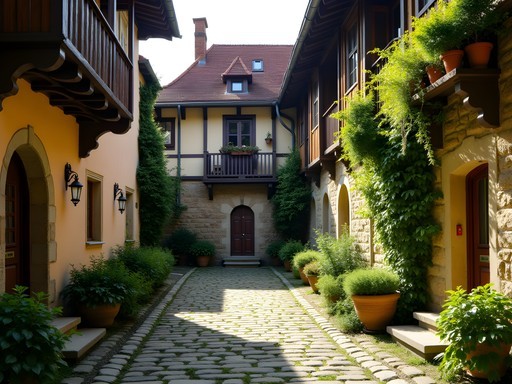
Comments
Sophia Gomez
Claire, this comparison across continents is brilliant! As someone who travels primarily for business, I've had the chance to experience how urban innovation affects productivity and quality of life. Stockholm's approach to work-life balance is evident in every aspect of their urban design - those waterfront workspaces and cafés blur the line between productivity and leisure in the most refreshing way. I was in Perth last quarter for a conference and was struck by how they've turned geographical isolation into a strength. Their innovation hubs seem more collaborative than competitive, perhaps because they're not constantly comparing themselves to neighbors. That startup incubator near Elizabeth Quay was buzzing with energy! What stood out to me most from your post was how each city's transportation system reflects their values. Fascinating read!
blueguy
Just booked my flights to Stockholm after reading this!!! Can't wait to experience that blend of old and new you described!!
adventureway
I lived in Seattle for 3 years and your observations about innovation in the shadow of tech giants is spot on! The way smaller startups and creative communities carve out space alongside Amazon and Microsoft creates such a unique energy. One thing I'd add about Seattle's urban mobility - the combination of light rail, water taxis, and bike infrastructure is improving, but still has a way to go compared to Stockholm. I used my folding bike to solve the last-mile problem between transit stops. Perth is still on my wishlist though - fascinating to see how their isolation shapes their approach!
coffeebackpacker
Those Stockholm subway photos are incredible! Never knew public transit could be so beautiful!
backpackfan
Great post! I'm planning a trip to Perth next year. How did you find the public transportation there compared to the other cities? Worth renting a car?
adventureway
Not Claire but I was in Perth last summer. Their TransPerth system is decent for getting around the central areas, but if you want to explore beyond the city (like Margaret River or Pinnacles), definitely rent a car. The distances between attractions in Western Australia are huge!
backpackfan
Thanks @adventureway! Good to know about needing a car for those day trips.
Nicole Russell
Claire, this is EXACTLY the kind of cross-continental comparison I've been craving! I spent two weeks in Stockholm last year and completely agree about their seamless blend of history and innovation. The way they've preserved those medieval streets while building such a forward-thinking tech scene is unmatched! Did you get a chance to visit the Stockholm Library? That circular reading room is my favorite urban space anywhere. I'm heading to Seattle next month but Perth hasn't been on my radar - your perspective on their isolation-driven innovation has me reconsidering my Australia itinerary!
blueguy
Nicole if you're going to Seattle you HAVE to check out the underground tour! It's mind-blowing how they basically built a new city on top of the old one.
Nicole Russell
@blueguy Thanks for the tip! Definitely adding the underground tour to my list. Any food recommendations while I'm there?
oceanchamp
Love how you compared the transit systems across all three cities! Stockholm's subway art is definitely on my bucket list now.
beachstar
Perth is my hometown! So glad you appreciated our little corner of the world. We're often forgotten being so far from everywhere else!
Claire McDonald
Your hometown is gorgeous! That isolation has created such a unique urban character. And the beaches - wow! Kings Park might be the most beautiful urban park I've ever visited.
hikingdiver
Those photos of Stockholm's subway stations are incredible! Never seen anything like that before.
backpackpro
Really loved your insights on Perth! It's so underrated compared to Sydney/Melbourne. How many days would you recommend for each city if someone wanted to do a similar trip but had only 3 weeks total?
Claire McDonald
For 3 weeks, I'd do 6-7 days each in Stockholm and Seattle, but only 4-5 in Perth since it's smaller. Use the extra days for travel recovery - those flights are exhausting!
backpackpro
Perfect, thanks! That gives me a good starting point for planning.
Venture X
Premium card with 2X miles, $300 travel credit, Priority Pass